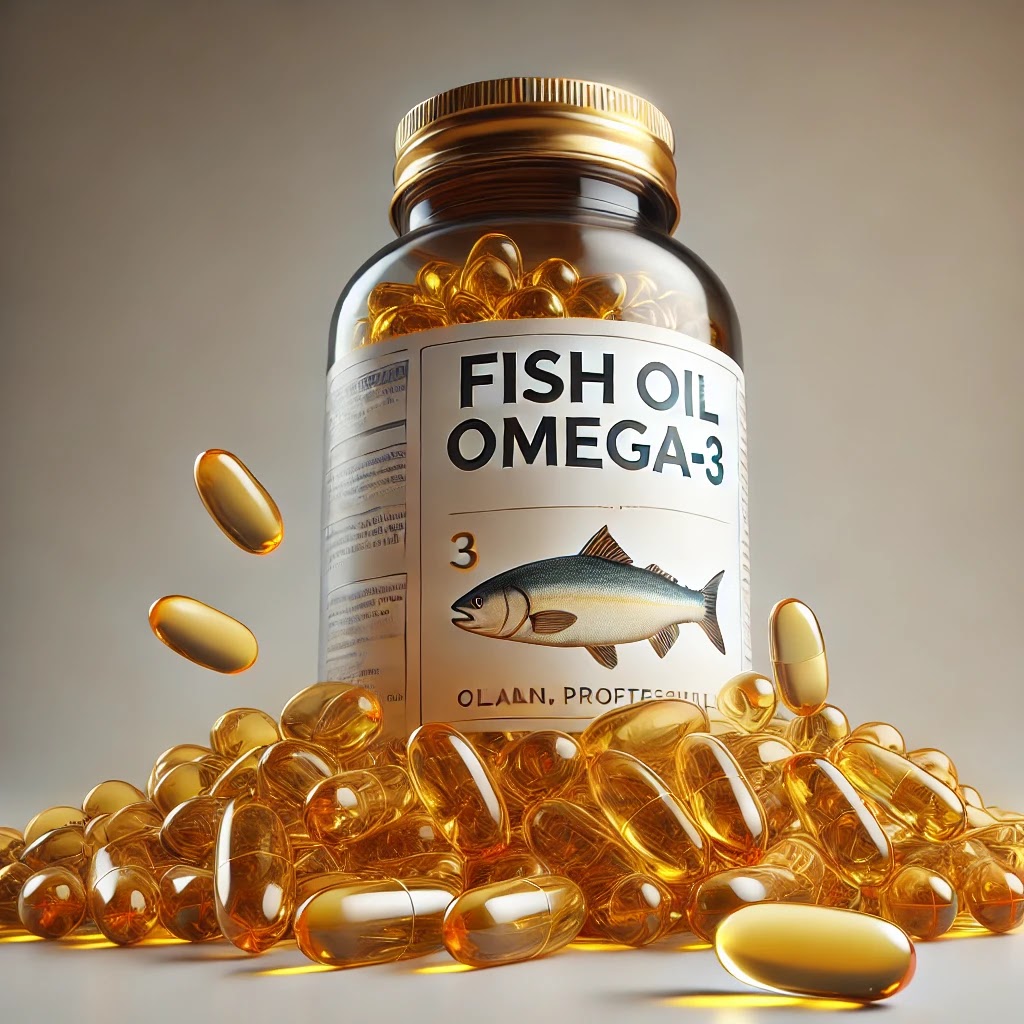Vegan leather: The Rise of Cactus Leather and its Sustainable Impact
Prickly Perfection: The Rise of Cactus Leather and its Sustainable Impact
The fashion industry is constantly evolving, and with a growing focus on sustainability, vegan leather alternatives are taking center stage. Among these innovative materials, cactus leather, derived from cacti like the nopal cactus, is making a compelling case for itself. This article delves into the world of cactus leather, exploring its production process, commercial uses, and the significant environmental benefits it offers.
From Spines to Style: The Production of Cactus Leather
Unlike traditional leather, which relies on animal hides, cactus leather boasts a cruelty-free and eco-friendly approach. Here's a breakdown of its production process:
- Harvesting: Mature cactus pads are meticulously hand-cut, ensuring minimal environmental impact and allowing the cactus to regenerate rapidly.
- Drying and Grinding: The harvested pads are dehydrated under controlled conditions, preserving their natural structure. Subsequently, they are finely ground into a pulp-like consistency.
- Purification and Mixing: The pulp undergoes a purification process to remove impurities. This purified pulp is then combined with non-toxic binding agents and natural dyes to create a consistent and workable material.
- Shaping and Finishing: The mixture is then pressed into sheets of desired thickness and texture. The final stage involves applying a protective coating to enhance durability and water resistance.
The entire process utilizes minimal water and avoids harsh chemicals typically used in traditional leather tanning. This eco-conscious approach minimizes the environmental footprint associated with leather production.
Beyond Sustainability: The Allure of Cactus Leather
While sustainability is a key driver of cactus leather's popularity, its unique properties further enhance its appeal:
- Durability: Cactus leather exhibits remarkable strength and tear resistance, comparable to traditional leather. This makes it suitable for various applications demanding long-lasting wear.
- Versatility: The material can be crafted into a wide range of textures and finishes, offering designers immense creative freedom. From smooth and sleek to mimicking the natural grain of animal leather, cactus leather caters to diverse aesthetic preferences.
- Breathability: Similar to traditional leather, cactus leather allows for natural airflow, making it comfortable to wear, especially in warmer climates.
- Low Maintenance: Cactus leather is relatively easy to care for, requiring minimal cleaning and conditioning compared to traditional leather.
Blooming with Possibilities: Commercial Uses of Cactus Leather
The versatility of cactus leather allows it to be a sustainable and stylish substitute for traditional leather across various industries:
- Fashion: The fashion industry is at the forefront of adopting cactus leather. Leading brands are utilizing it to create a range of products, including handbags, wallets, jackets, shoes, and belts.
- Accessories: Cactus leather is finding its way into a diverse range of accessories, from phone cases and watch straps to laptop sleeves and keychains.
- Furniture: The durability and aesthetics of cactus leather make it an ideal choice for furniture upholstery, offering a sustainable and luxurious alternative to traditional materials.
- Automotive Interiors: Cactus leather's potential extends to the automotive industry, where it can be used for car seats, dashboards, and other interior components, creating a more sustainable and animal-friendly driving experience.
As innovations continue, the potential applications of cactus leather are expected to expand further, paving the way for a more sustainable future for various industries.
A Sustainable Thorn in the Side of Traditional Leather
The environmental benefits of cactus leather are undeniable:
- Reduced Water Usage: Compared to the vast quantities of water required for traditional leather tanning, cactus leather production uses significantly less water. This is a critical advantage in regions facing water scarcity.
- Lower Carbon Footprint: The production process of cactus leather generates minimal greenhouse gas emissions, significantly reducing its environmental impact compared to traditional leather.
- Renewable Resource: Cacti are fast-growing plants that can be harvested sustainably, unlike animals raised specifically for leather production. This promotes a more sustainable and renewable approach to material sourcing.
- Deforestation Prevention: The shift towards cactus leather can help to curb deforestation, which is a significant environmental concern associated with traditional leather production.
By opting for cactus leather, consumers can make a conscious choice towards a more sustainable future for the fashion industry and the environment at large.
The Road Ahead: Challenges and Opportunities for Cactus Leather
While cactus leather offers a promising alternative, there are certain challenges that need to be addressed:
- Scalability: Currently, cactus leather production is on a smaller scale compared to traditional leather. As demand increases, scaling up production sustainably is crucial to meet market needs.
- Cost: Cactus leather is currently more expensive than traditional leather. As production scales up and technology advances, the cost is expected to come down, making it more accessible to consumers.
- Standardization: Establishing industry-wide standards for quality and production will be essential to ensure consistency and consumer
.png)



Comments
Post a Comment